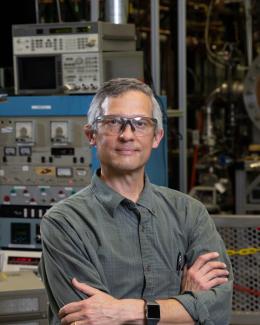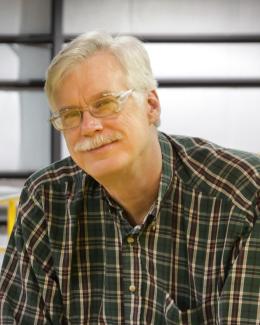Abstract
The principal objective of this work is to report on the power coupled to a tungsten target in the prototype-material plasma exposure experiment device during oblique injection of a microwave beam (<70 kW at 28 GHz) into a high-power (∼100 kW at 13.56 MHz) over-dense (${n_e} > 1 \times {10^{19}}{\text{ }}{{\text{m}}^{ - 3}}$) deuterium helicon plasma column. The experimental setup, electron heating system, electron heating scheme, and IR thermographic diagnostic for quantifying the power transport is described in detail. It is demonstrated that the power transported to the target can be effectively controlled by adjusting the magnetic field profile. Using this method, heat fluxes up to 22 MW m−2 and power transport efficiencies in the range of 17%–20% have been achieved using 70 kW of microwave power. It is observed that most of the heat flux is confined to a narrow region at the plasma periphery. Ray-tracing calculations are presented which indicate that the power is coupled to the plasma electrons via an O-X-B mode conversion process. Calculations indicate that the microwave power is absorbed in a single pass at the plasma periphery via collisions and in the over-dense region via 2nd harmonic cyclotron resonance of the electron Bernstein wave. The impact of these results is discussed in the context of MPEX.






